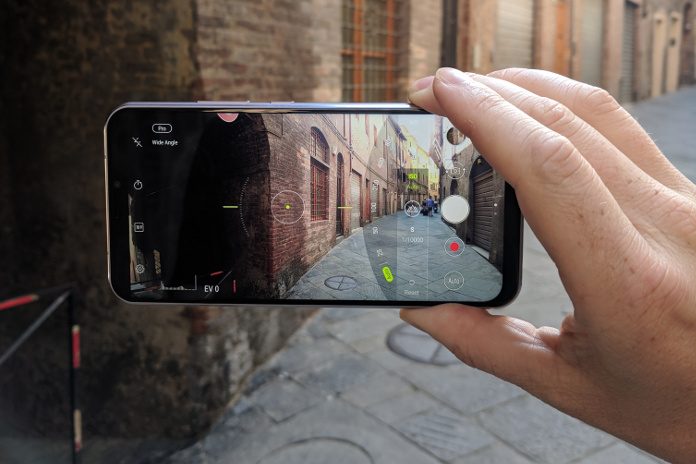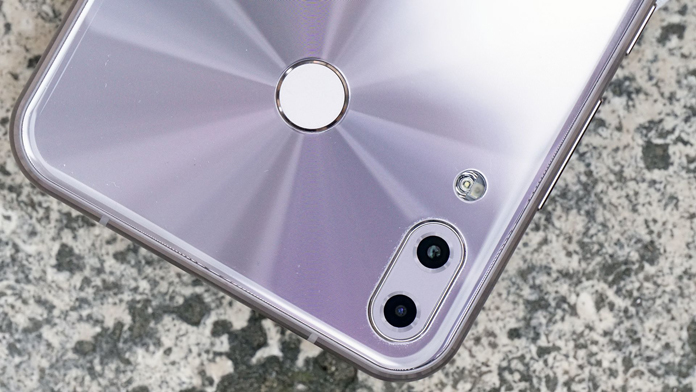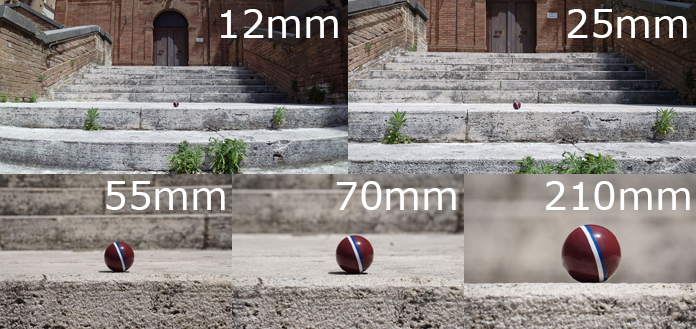Among the most popular technological innovations of the last decade is the smartphone camera. In a breathlessly short period time, it’s evolved from a novelty into a powerful tool for beautifully capturing photos and video anywhere, any time. It’s why Instagram exists, and it has virtually obliterated the venerable point-and-shoot camera.
We have loads of photography features packed into our ZenFone 5 family of phones, including manual controls for pros and dual cameras that enable striking bokeh effects, but the second camera is not just for making your portraits prettier. This is a dedicated wide-angle camera that you can use independently of the phone’s primary camera.
How does it do that?
Though there are many dual-camera phones out there, the second lens is often used to augment the first. They can’t be used separately. On the ZenFone, there really are two distinct cameras, and each caters to a certain type of photo. The main camera uses a 12MP sensor and has a 25-mm focal length with an 83° angle of view, as well as an F1.8 aperture for strong performance in everyday situations and low-light scenarios alike. The second camera features an 8MP sensor and a 12-mm focal length, and its 120° angle of view is designed for capturing wide-angle photos.
You can toggle between them with a simple tap in the camera interface, and Pro mode is available in both, so you can manually adjus shutter speed, ISO, white balance, EV, and even focus. The ZenFone 5 treats all of the photos from both cameras the same, which means they live side-by-side in the Gallery and in cloud storage like Google Photos.
Why is wide angle photography cool?
People don’t typically think about the focal length and field of view of their smartphone camera, but when you have two distinct cameras at your disposal, it helps to understand how focal length relates to lenses. This will help you figure out which camera will give you the best result when capturing any given scene.
In a nutshell, the focal length of a lens tells you what sort of point of view you’ll get. It’s expressed in millimeters, and the higher the number, the more narrow the field of view. For example, a 210-mm lens will get you nice tight close-ups from far away. A 35-mm lens lets you photograph more or less what the human eye sees, so you get a lot more of a scene in the frame. Many lenses have a range of focal lengths, like 24-50mm or 55-210mm, so you can zoom in or out and get different types of shots. You can see the different points of view afforded by different focal lengths below. All five of these images were shot the same distance away from the ball:
On digital cameras, like the ones on the ZenFone 5Z, focal length is expressed as an equivalency based on the size of the camera sensor. That’s why the phone’s main 25-mm camera is “35mm equivalent.” It means that based on a 35-mm focal length, this camera shoots at 25mm.
Wider-angle focal lengths let you fit more into a shot, and that’s all well and good, but wide-angle photography offers so much more. It’s an arrow in your photography quiver that you can use to be more creative and expressive in your photography.
Yes, you can capture broad landscapes with wide-angle photography. It’s almost panoramic without actually using a panorama feature (although the ZenFone 5 has that, too). But a wide-angle camera gives you more ways to tell your photo stories. You can play with portraiture, include more drama or context in photos, have fun by purposefully distorting subjects with an up-close shot, and more.
Taking all the shots
Like any photographer, I try to always be prepared with multiple lenses for my camera because I like to get a variety of shots. I try to capture the great, the small, and the human aspects of an event. That means huge crowd shots, close-up action shots, candid portraits, and so on.
It’s virtually impossible to switch out lenses super fast while you’re in the heat of the moment, so real pros carry around multiple cameras, not just multiple lenses. While on a photography adventure with my standalone camera and the ZenFone 5Z in tow, it occurred to me that I actually had three cameras with me. The main camera on the ZenFone 5Z gave me all the 35mm-ish capabilities I needed, and the second camera gave me wide-angle wherewithal. All I needed for my standalone camera was my 55-210mm lens for zoom photos. That gave me a huge range of photographic powers.
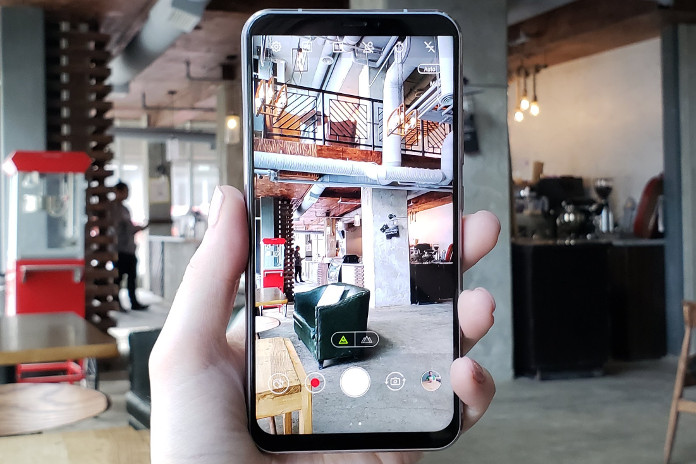
I relied on the ZenFone 5Z as the workhorse camera(s). Being a smartphone, it’s eminently portable, and I could switch back and forth between the main camera and the wide-angle camera so fast that I could capture most action in both/either points of view. The standalone camera with the zoom lens mounted on it became my backup. There were many casual jaunts where I left the “big” camera in my room because it was so much easier to plan to use my phone for any candid shots or quick videos.
When you’re out on a photography jaunt, you have to make sure you have enough batteries to last the day. Pro photographers never leave home without a charged-up spare, so I initially thought it wise to bring my ZenFone 5Z’s charger with me just in case I ran it down by constantly taking photos for long stretches. It turns out I didn’t need to worry, because the battery held out for longer than a day. That’s great news, because it means I didn’t have to decide between using the smartphone’s cameras and preserving its battery life.
What you can do with a wide-angle camera
One of the perks of being able to switch between the main ZenFone 5 camera and the wide-angle camera so quickly is that you can shoot the same thing in two different ways within a couple of seconds. That let me get creative and rapidly experiment with wide-angle photography.
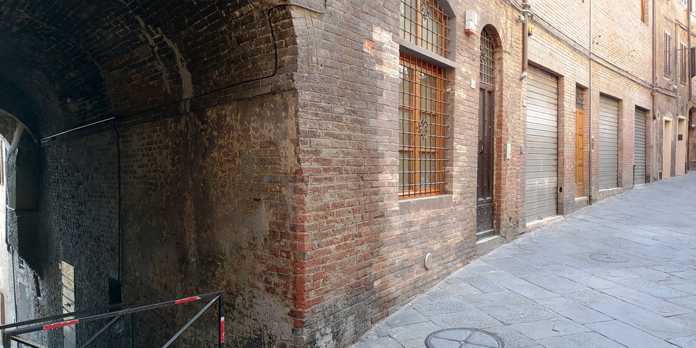

See how the wide angle gets you way more context? Instead of just an alley, you can see where the alley turns and what’s beyond. It entices you to follow. It shows you a path instead of just a scene.
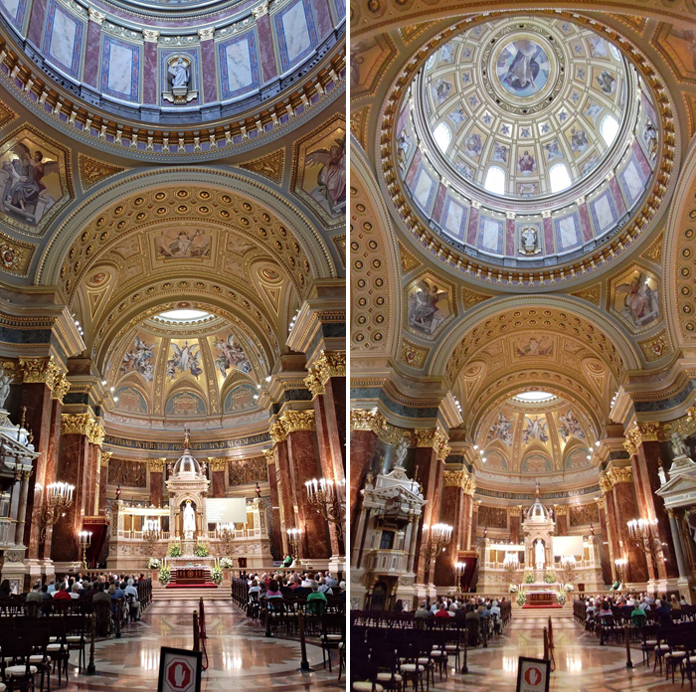
In this church scene, the wide-angle camera isn’t providing any additional context, but it captures more of the scene, which serves to reframe the subject of the image. In the first image, the focus is partially on the arch above the altar; although there’s a lot of stunning imagery here, there’s no strong central character. In the wide-angle image, your eye is pulled in and then thrust upward towards the dome, which becomes the dominant subject in the photo.
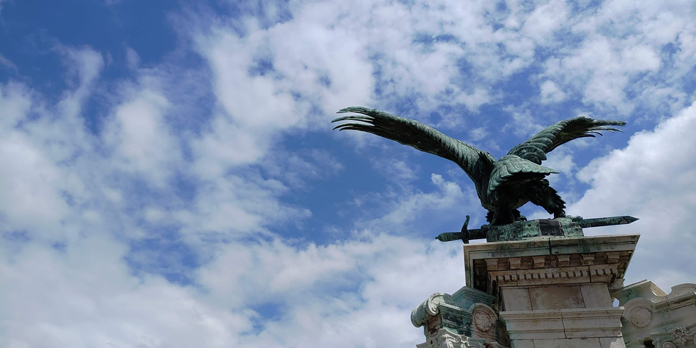
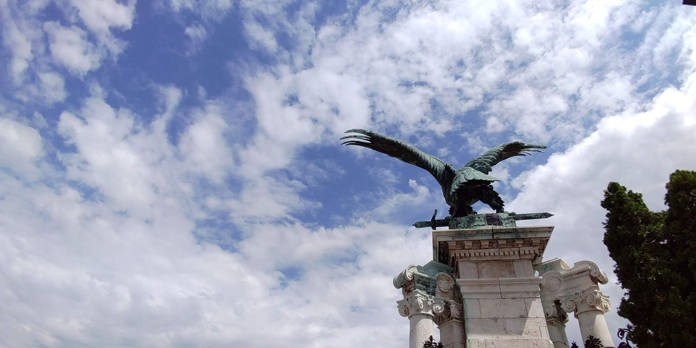
Subtle tweaks to photos can be the difference between a good photo and a great one. Not that I’m claiming any greatness here, but note the difference between the first shot and the wide-angle one. The first is fine. You get a sense of the eagle soaring in the clouds. But in the second shot, the wide-angle camera creates a bit of a swirled effect in the clouds, which adds power and drama to the shot. The eagle is locked and loaded, about to spring into the sky.
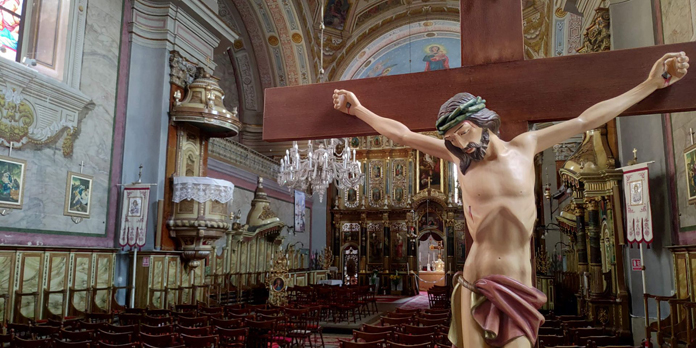
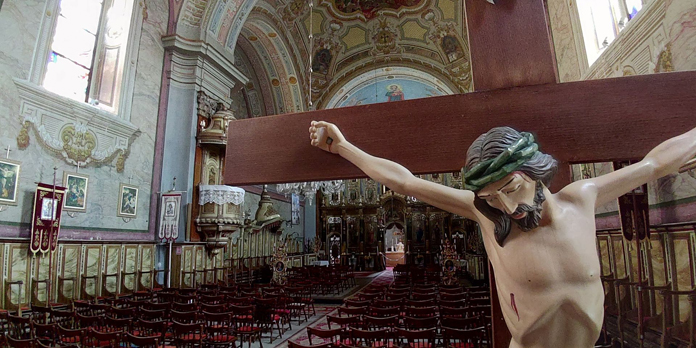
Wide-angle cameras are ideal for close-ups in the sense that you can get intimate with a subject while also showing plenty more of the story. In this scenario, the first shot is good, but it’s not possible to capture a close-up of the Jesus figure while also showing the church scene in the background. The Jesus figure is more pronounced in the wide-angle shot, and you’re drawn to his face, which is what the photo is all about, while the church in the background provides the dramatic context I wanted.
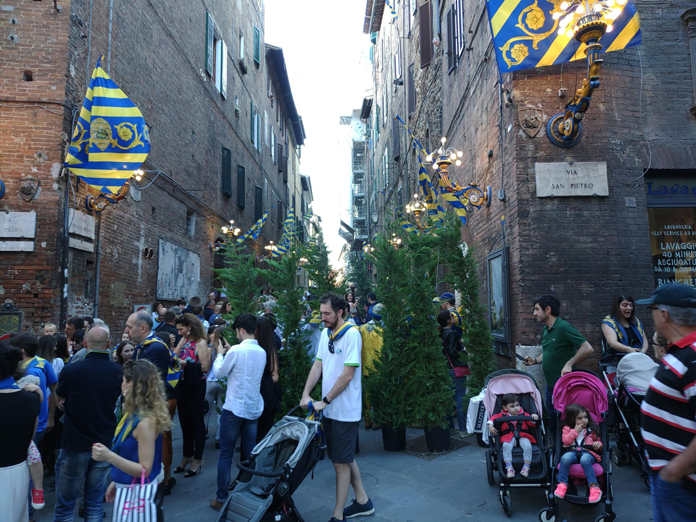
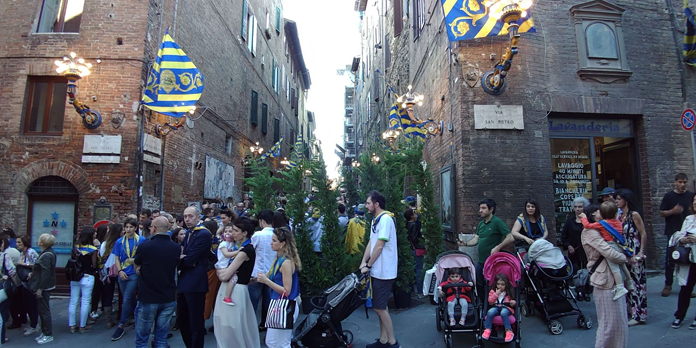
Without a wide-angle view, this crowd shot looks like a whole lot of nothing, just some busyness on a sidewalk. Although the wide-angle view doesn’t actually change the focal point of the shot, it more effectively draws your eye to the middle, and it captures more of the bustling street scene.
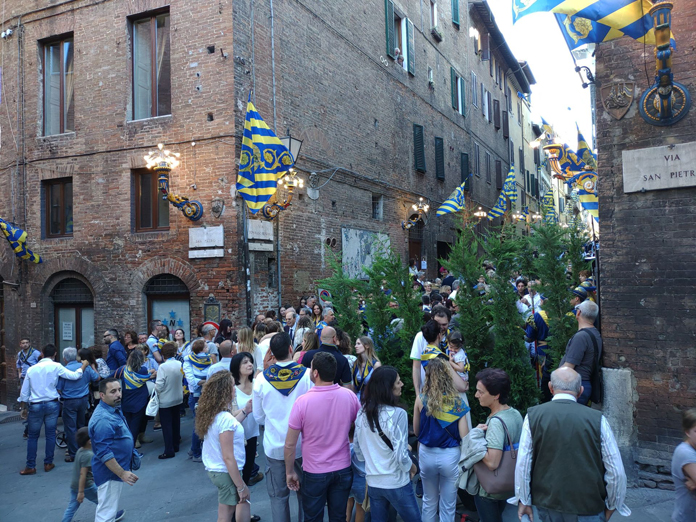
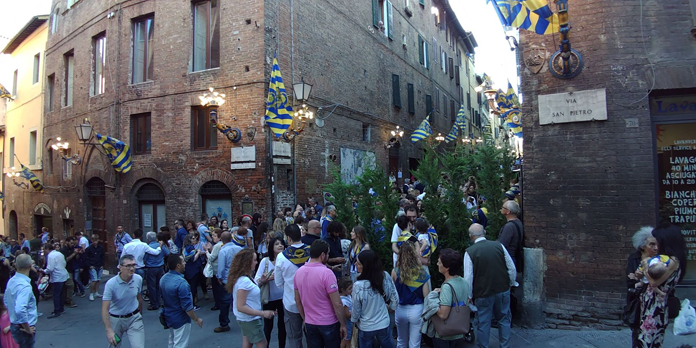
In this shot, I wanted to capture the feeling of the corner, showing how this event took place right in the middle of a bustling intersection. The wide-angle shot shows this much better than the first image.
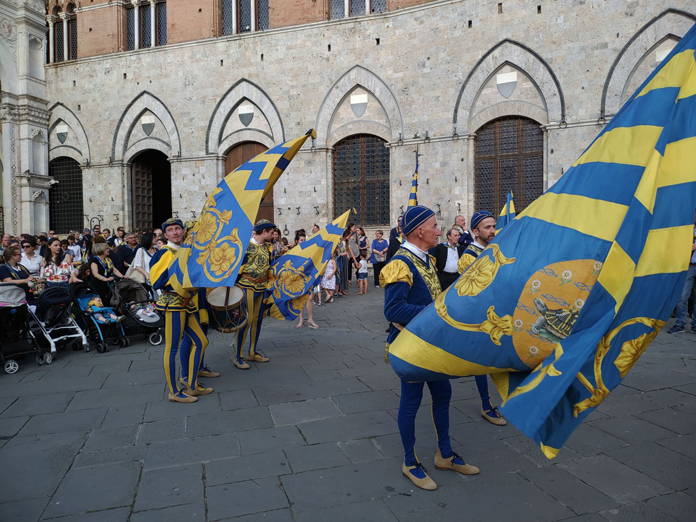
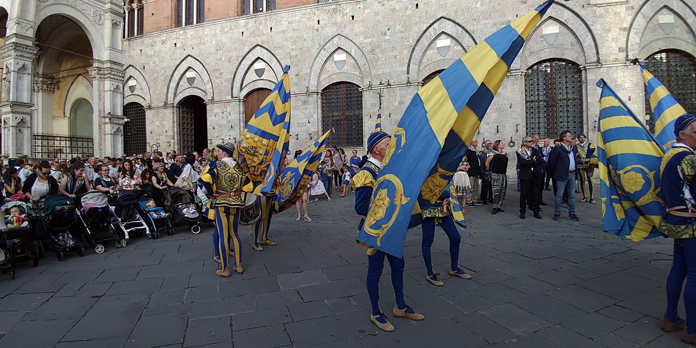
Although there’s nothing wrong with the normal shot here, the wider angle shows you much more of the spectating stroller mafia. With that additional information, the image shifts from one that’s mostly about these fellows in their jaunty attire to one that asks the question, “What’s up with all these strollers?” (FYI: Those are all the babies who were just baptized in the contrada ceremony. Afterward, they all do a little parade with the flag bearers and drummers.)
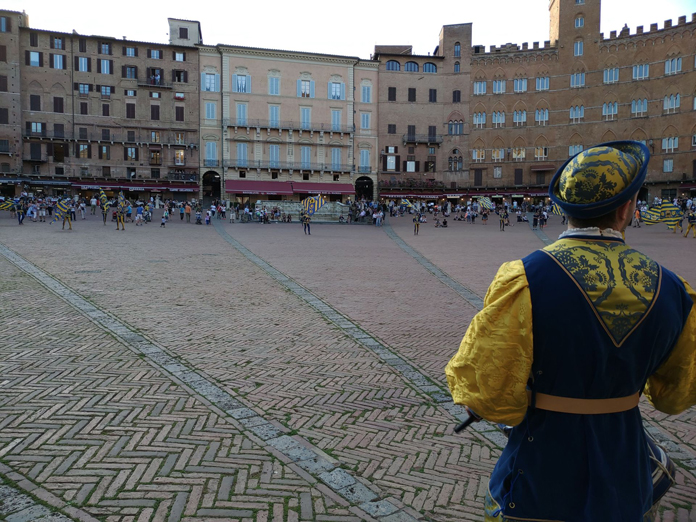
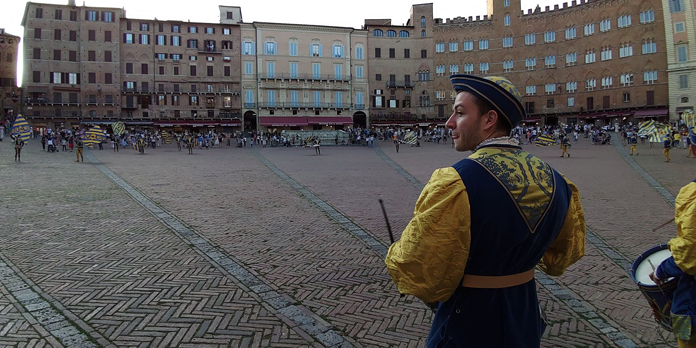
The better shot extends the drummer’s gaze and draws your eye across the scene, and having the extra width makes for more drama.
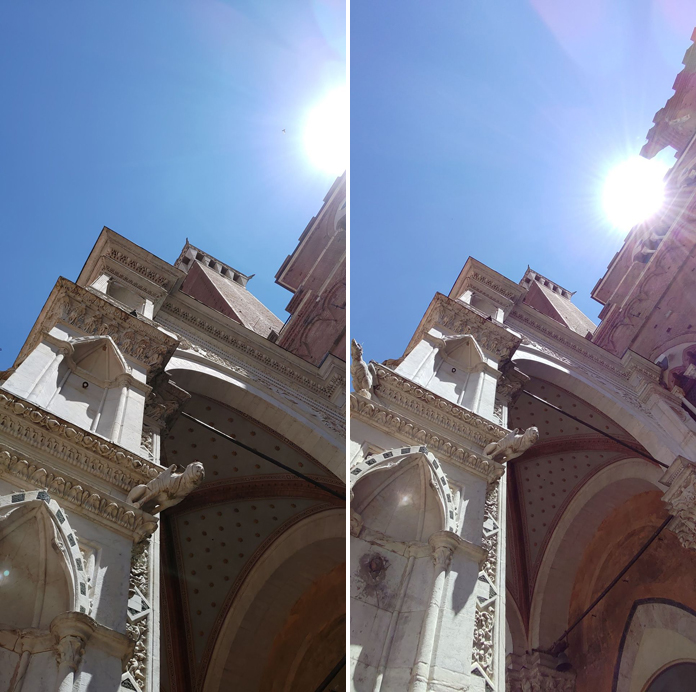
The composition of the standard shot of the tower is pretty good. You get the drama and detail of the tower plus the intrigue of the sun peeking out against a solid blue sky. In the wide-angle shot, the sun blasts out from behind the wall and becomes the focal point of the photo. The tower and the wall beside it become complementary aspects of the photo. Using a wide angle didn’t necessarily make this picture “better,” but it did completely change its character.
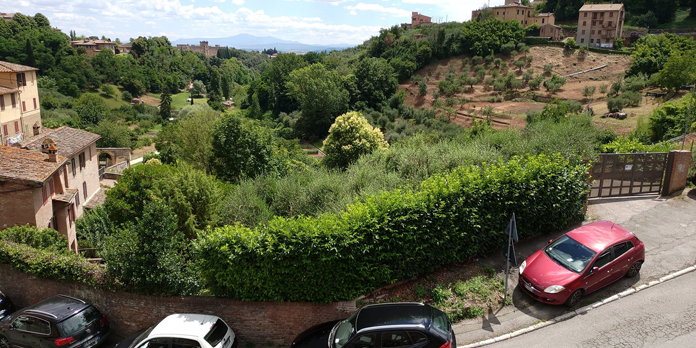
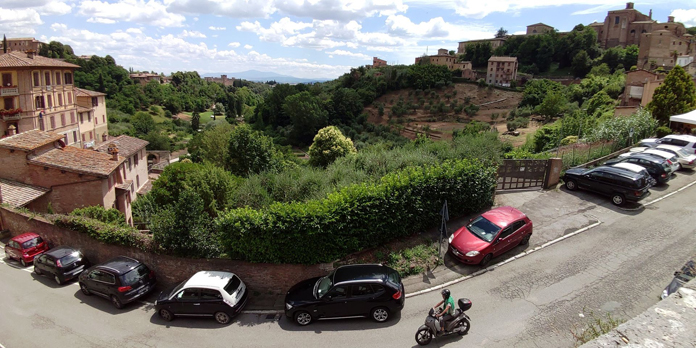
Wide-angle photography isn’t just about sweeping landscapes, but if you’re not using it for those types of shots, you’re a knucklehead. The wide-angle camera is what makes this scene work. You get buildings anchoring both sides of the frame and a lush valley in the middle. The curved street and the cars lining it “support” the valley and also give you a sense of what life in the city looks like.
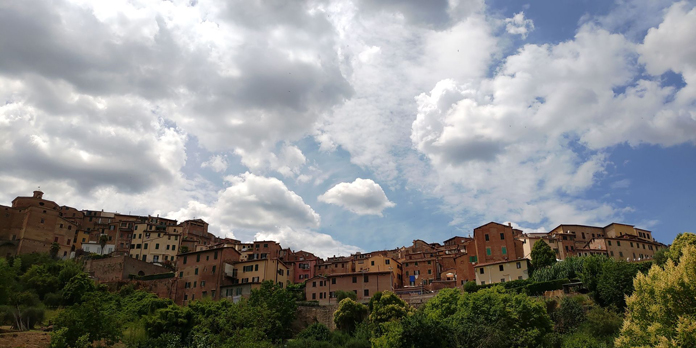
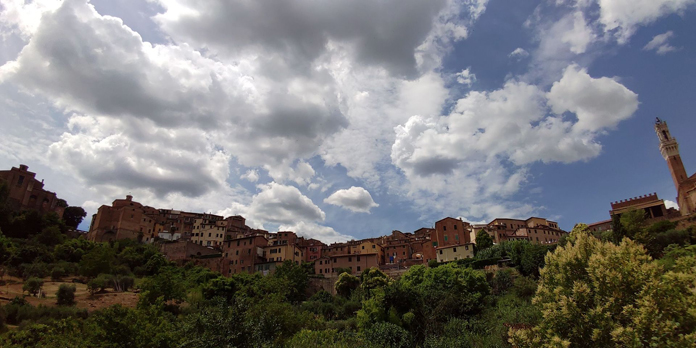
This second landscape photo plays with thirds; the green is about a third, the sky is about two-thirds, and the reddish buildings neatly divide them and draw your eye in. Arguably, the regular photo is a better shot, but the wide-angle photo contains the tower on the right, which gives you an extremely important architectural landmark. With the tower, this is no longer just a pretty but nondescript landscape; it’s a specific place that happens to have a great skyline.
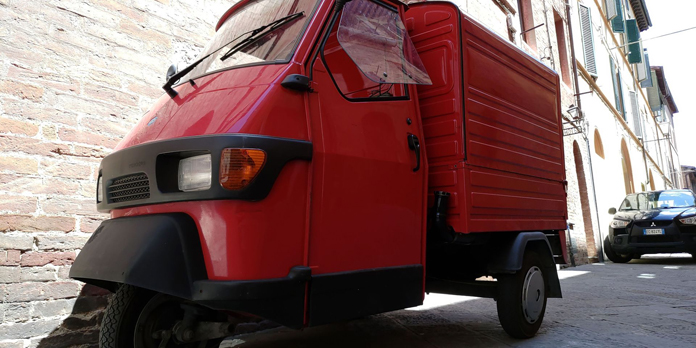
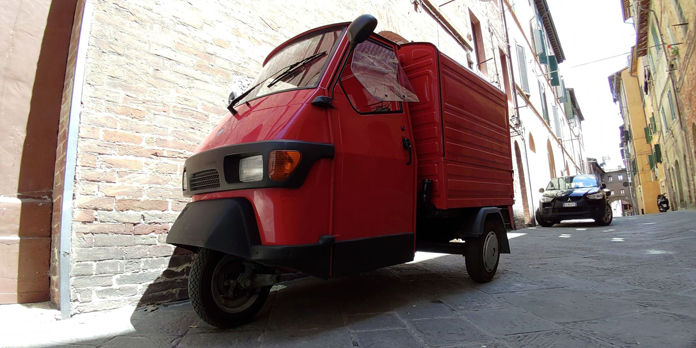
A wide-angle camera can prove helpful by allowing you to capture more of a scene in tight spaces. In capturing this little red truck, I used the phenomenon of wide-angle distortion to my advantage. The alley was tiny, and as you can see, I couldn’t fit the whole truck in the frame without the wide-angle camera. But then I used the curvature to play with the subject, juxtaposing the powerful framing with the reality that it’s a tiny little truck.
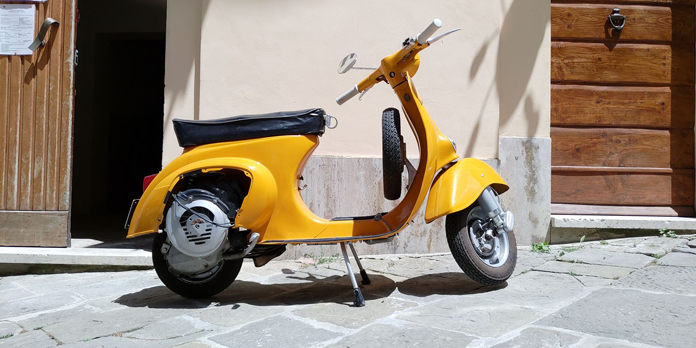

I actually don’t have much to say about this yellow scooter. I just really love this picture. The subject and colors bring me joy, and the curve of lens is a rather nice complement to the bubbly lines of this little two-wheeler.
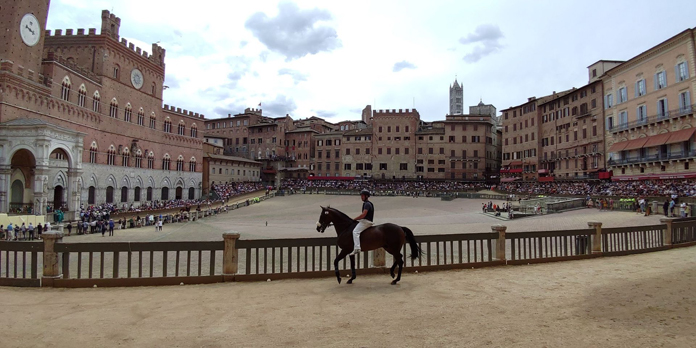
In a great big open space with a lot going on, a wide-angle camera can really help you capture the whole scene. The horse and rider right in the middle both serves as a focal point and give you a sense of scale.
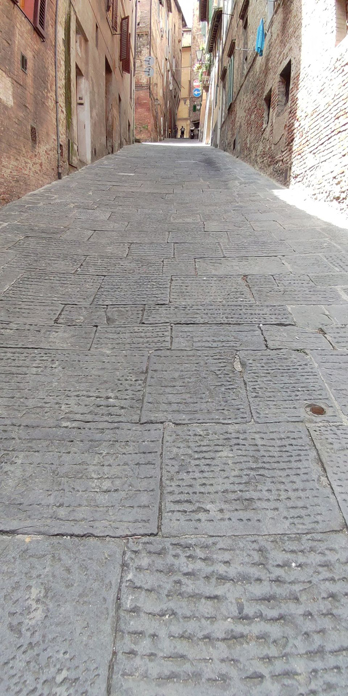
One fun photography trick is to include tons of foreground to set up the story of a photo. Shooting vertically instead of horizontally can provide a little more drama to a shot like this one, and the extra height afforded by the wide-angle camera makes it almost absurd, in a good way. The street takes up about 75% of the frame instead of the more standard 66%. This little town has long, steep walkways, and this photo gives you a sense of that. (Can you see the guys at the very top of the hill? There’s your sense of scale.) With the street itself so prominent, you can also see details in the stone, which speak to the character of the place. It also balances the near and the far.
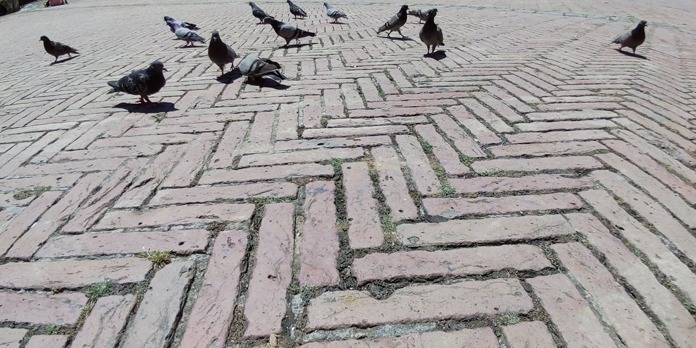
Here again, the foreground is used as a central character in the photo. You can see the rugged details of the old bricks as well as the striking geometry of how they’re laid. The wide-angle camera both contributes some additional shape to the pattern and is able to include more of the bricks in the shot. The pigeons are mostly in dark shadows that cut sharply against the bright exposure on the bricks, and they serve to provide a geometrical counterpoint to the brick pattern more than anything else. They’re shapes, not birds.
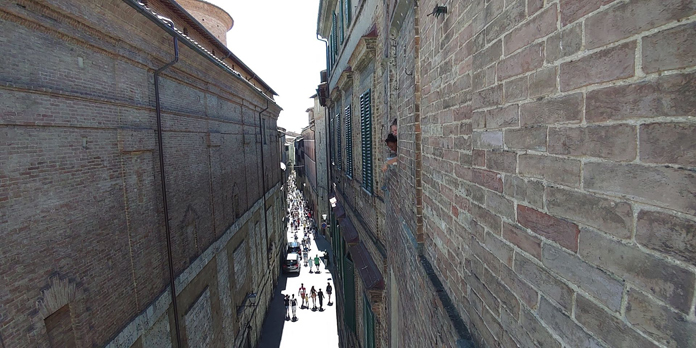
This alley shot should be vertical, right? It’s taken four stories up, and it makes sense that you would want to frame this very, very vertical scene in that way. But shot horizontally, you get more of the lines shooting towards the focal point on the horizon. It brings a lot of energy to the image that just isn’t there in a vertical frame.
Wide-angle fandango
We’ve shown you what this camera enables you to do, including capturing wider landscapes, introducing drama in a shot, using geometric shapes in clever ways, rethinking portraits, and more. What will you come up with when the ZenFone 5Z and its dual-camera powers are in your hand?
| ZenFone 5Z | |
|---|---|
| Price | $499 USD $799 CAD |
| Availability (USA) | US Vendors |
| Availability (Canada) | Canada Vendors |
The ASUS ZenFone 5Z is a true flagship smartphone, with outstanding performance and battery life. With the ability to shoot wide angle photos in a range of modes, the ZenFone 5 family takes smartphone photography to a whole new level. You can learn more the phone used in this article in our ZenFone 5Z hands-on. You can get the ZenFone 5Z for $499 USD and $799 CAD from the retailers listed in the table above.

